Marking 20 years since Hurricane Katrina
|
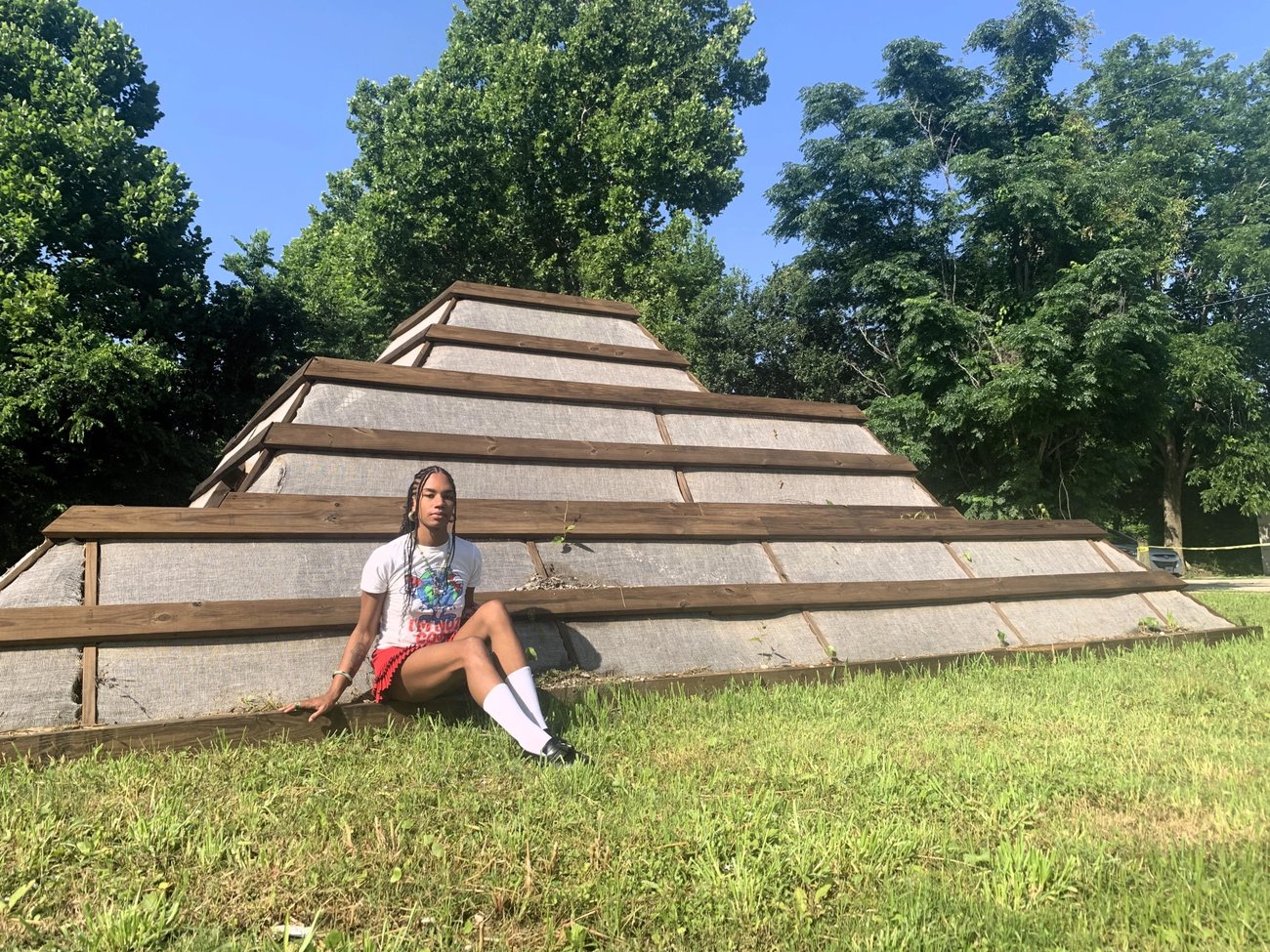
|
Utē Petit sits on the edge of one of her mounds. She was able to purchase the land her great-grandmother used to live on before Hurricane Katrina and is turning it into a community garden. Photo by Eva Tesfaye, WWNO
|
|
|
|
Hi ,
I remember exactly where I was 20 years ago when I first read of the destruction wrought by Hurricane Katrina. The New York Times had a big spread with photos, and I pored over the reporting on an orange couch in my Philadelphia rental. Within days, editorials starting appearing in various outlets questioning the imperative to rebuild New Orleans. That debate has continued with every storm since, but at least in New Orleans, a city that commands deep and fervent devotion from those who live there and many who don't, it was never a real question. Rebuild, rebuild, rebuild.
Twenty years later, it's a work in progress in New Orleans and other impacted cities along the Gulf of Mexico. Infrastructure continues to require investment, projects that promised to increase coastal resiliency have been cancelled, and many who fled the storm have never returned to their homes.
Desk reporters and friends have been taking stock on this anniversary, which passed on Aug. 29. You can read some of their reporting below.
For many, this time of year is also a time to reflect on their connection to New Orleans and how the storm changed it. To that end, our friends at WWNO asked listeners to "share love letters to the city, so we can center your voices, your memories and your love for the city, and reflect on what was lost, but also honor what has endured" after Katrina. I loved reading through the responses.
Myrna Bergeron wrote: "Here I am, a native New Orleanian, living in Baton Rouge since Hurricane Katrina in 2005. Baton Rouge is a lovely city, filled with beautiful trees and kind, generous people, but it is not New Orleans. I miss the traditions and culture of old New Orleans that are reflected in the substance of the city, the way we talk, our food, our music, the architecture, the friendliness and joie de vivre. All of these make New Orleans feel different than most American cities."
Alaná A. wrote: "My love letter is to old Algiers and old New Orleans. When neighbors were family and you could walk and play in the streets without a care in the world. To the days when the ferry was free and a trip to Canal Street to shop was a highlight of a day. From riding the streetcar to walking to the French Market for a nice treat. The days of pre-Katrina New Orleans are really missed! Who would have known that what most thought would be a three-day getaway just 20 years ago would change our lives forever!"
You can read the rest of the love letters on WWNO's site.
We share reporting from Desk members and friends below. Meanwhile, if this anniversary is a difficult one for you, I hope you take care.
|
|
|
|
|
Twenty years after Hurricane Katrina, New Orleans is still covered with vacant lots, especially in the Lower Ninth Ward. After the storm, Black New Orleanians, including Utē Petit’s great-grandmother, struggled to return to their land and rebuild their homes because of the way the city and the state handled recovery. Now Petit has reclaimed her family’s land by navigating a bureaucratic city program with the help of her community.
By Eva Tesfaye, WWNO
|
|
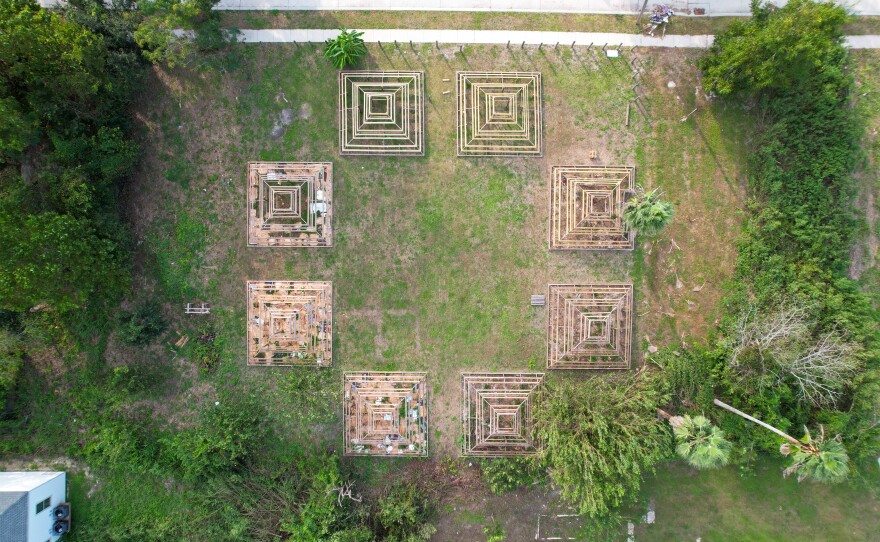 |
Utē Petit has placed mounds on her land so that it looks like a quilt from above, to honor her great-grandmother, who loved to quilt. Courtesy of Utē Petit and Kali Serna.
|
|
|
|
|
Twenty years after Katrina made landfall in Mississippi, Waveland has regained much of its old greenery and quiet coastal splendor. Homes have reappeared on the properties just north of the Sound, and there’s construction happening elsewhere in town.
“Everything that’s getting built is up to the new codes,” Betty Ruth Hawkins explained. “It’s new money coming in, rather than families that had relocated being able to come back.”
By Illan Ireland, Mississippi Free Press
|
|
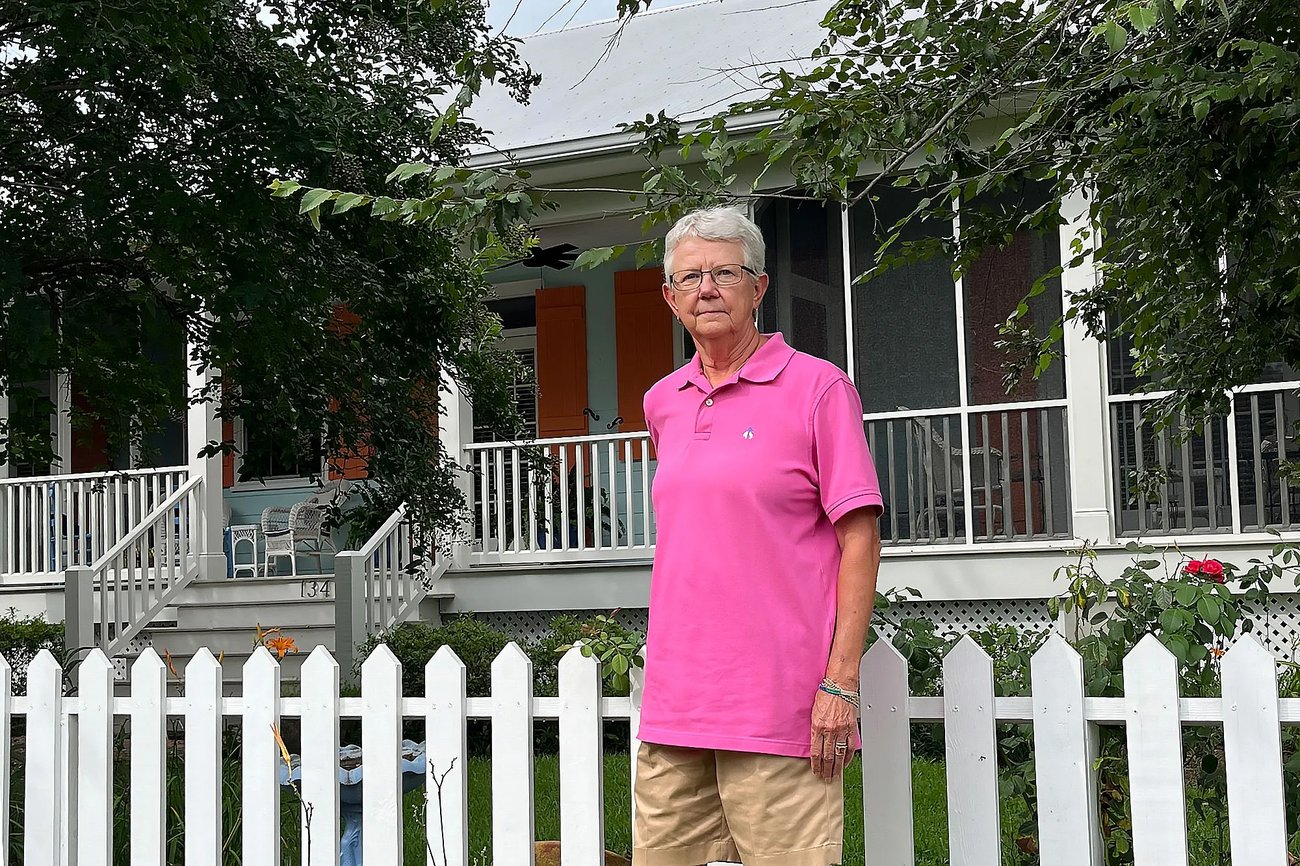 |
Beverley Coleman stands in front of her house in Waveland, Miss., on Aug. 12, 2025. She and her wife, Betty Ruth Hawkins, were among the subset of Waveland residents who elected to remain on the Gulf Coast and rebuild after Hurricane Katrina destroyed their homes in August 2005. Photo by Illan Ireland, Mississippi Free Press
|
|
|
|
|
A go-to term emerged to praise New Orleanians and their neighbors who persevered through the catastrophe and took part in the unprecedented rebuilding: resilient. But as various recovery programs faltered and efforts to ensure disaster history would not repeat itself stalled, “resilient” or “resiliency” now elicit bitter feelings among locals.
By Elise Plunk, Louisiana Illuminator
|
|
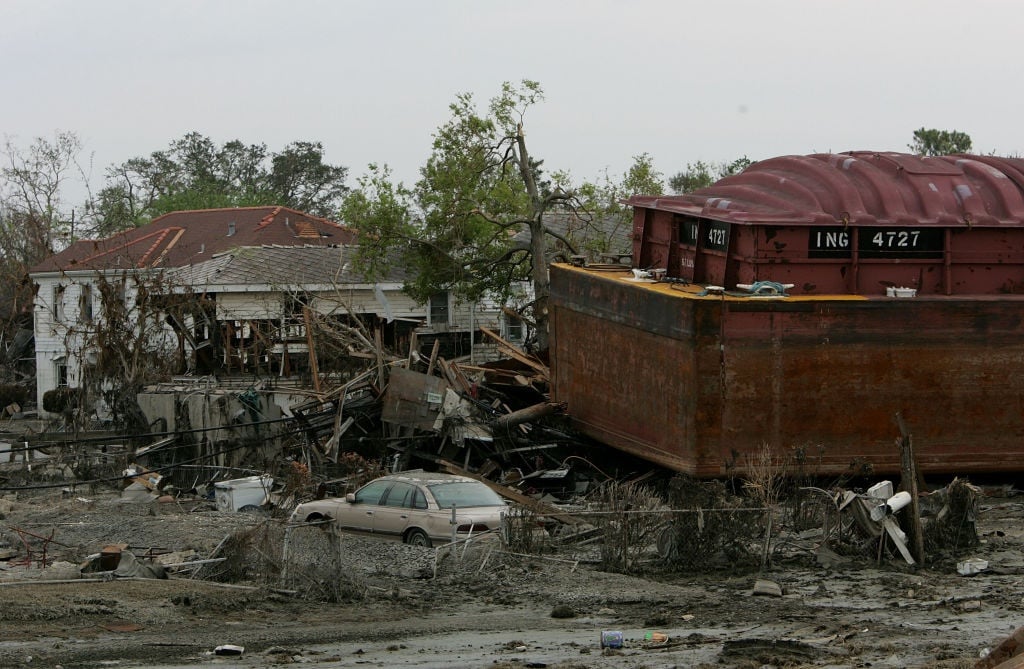 |
A barge that broke through a levee on the Inner Harbor Canal sits on top of houses and cars Sept. 16, 2005, in New Orleans’s Lower 9th Ward neighborhood. Photo by Justin Sullivan, Getty Images
|
|
|
|
|
Five years ago, the Federal Emergency Management Agency started the Building Resilient Infrastructure and Communities (BRIC) program to fund projects that help prevent storm damage from disasters, before disasters happen. Louisiana was set to receive more than $720 million.
Then the Trump administration cancelled the program. What does that mean for New Orleans as it prepares for future storms?
By Eva Tesfaye, WWNO
|
|
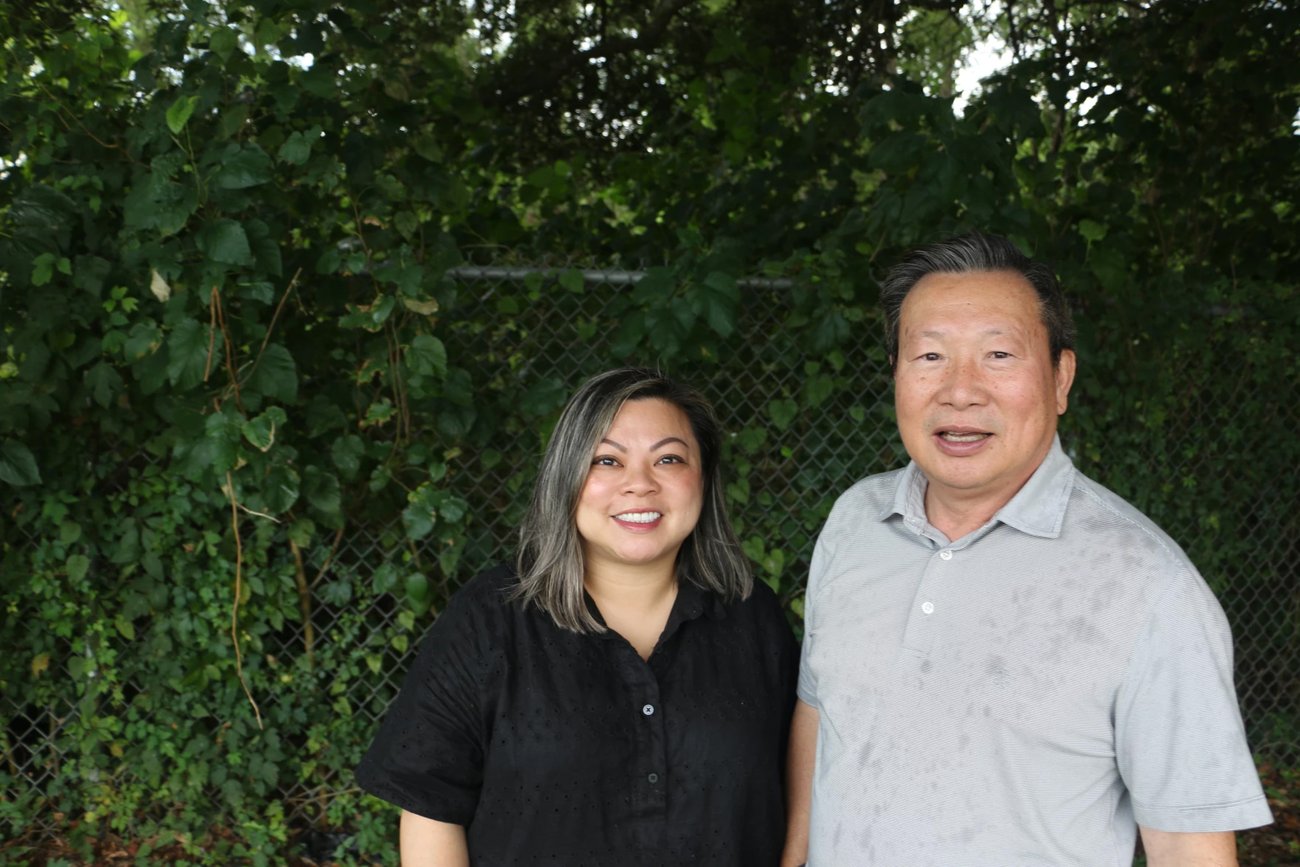 |
Tap Bui (left) of Song Community Development Corporation and John Hoa Nguyen (right) of Hung Dao Community Development Corporation stand in front of the vacant land they want to turn into a stormwater park on August 5, 2025. Photo by Eva Tesfaye, WWNO
|
|
|
|
Sincerely,
Irina Zhorov
Assistant Director, Ag & Water Desk
|
|
|
|
|
The Mississippi River Basin Ag & Water Desk is an independent reporting network based at the University of Missouri in partnership with Report for America, with major funding from the Walton Family Foundation. Click here for a map of the basin and our partner newsrooms.
Reach us at info@agwaterdesk.org or by replying to this email.
You're receiving this because you signed up to receive the Ag & Water Desk newsletter or opted in via our distribution network or through direct outreach with our team.
|
|
|
|
|
|
|